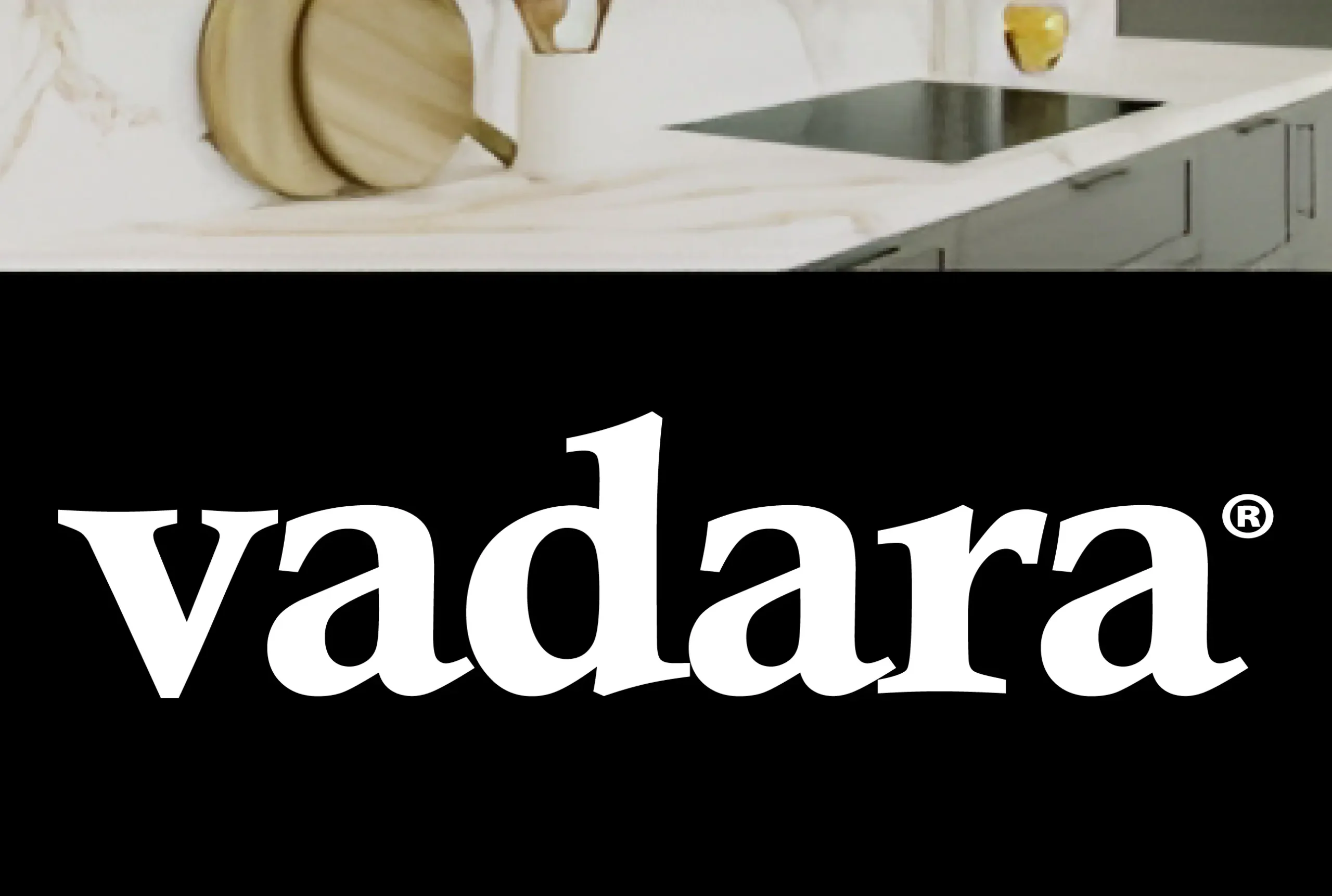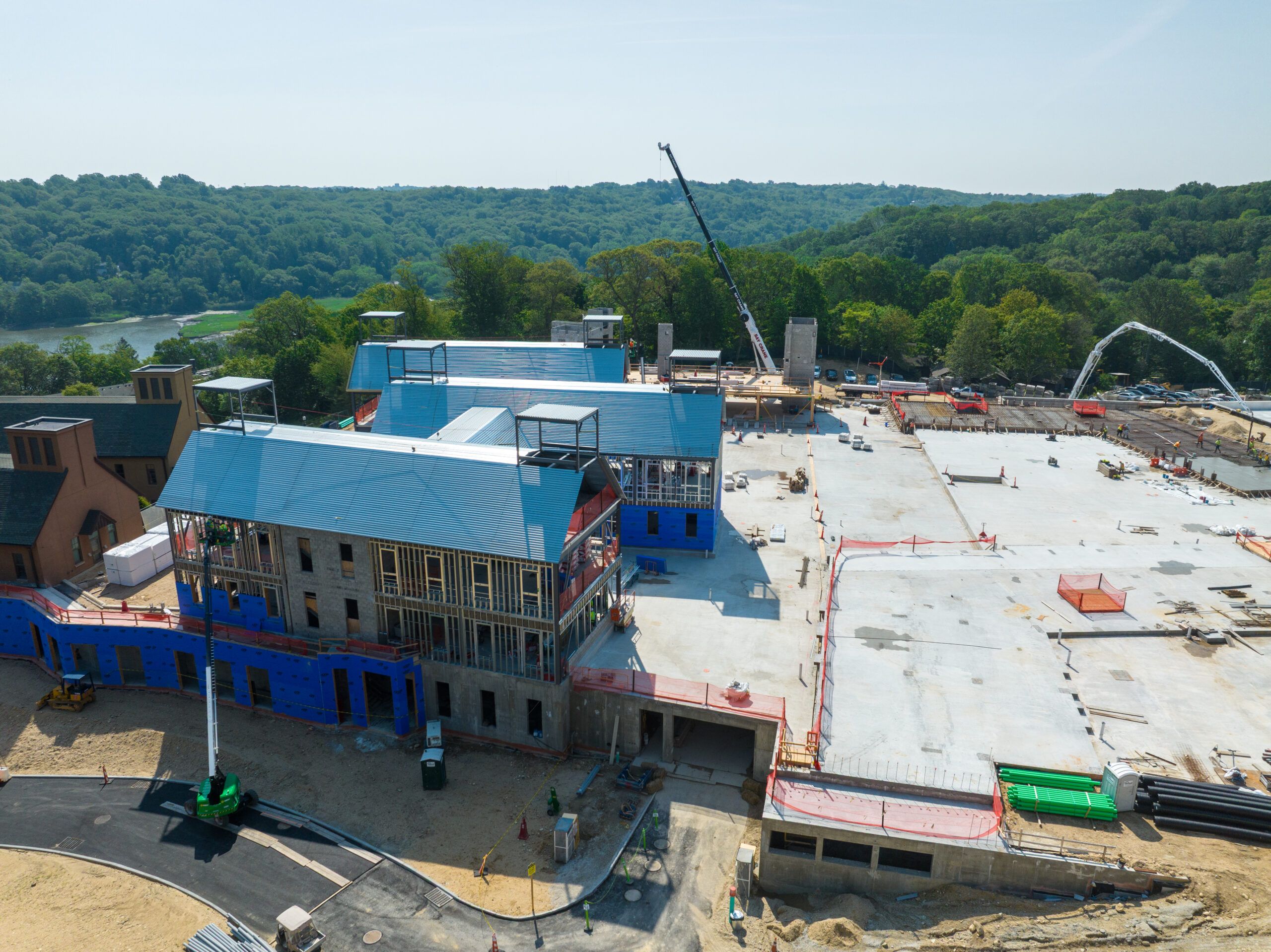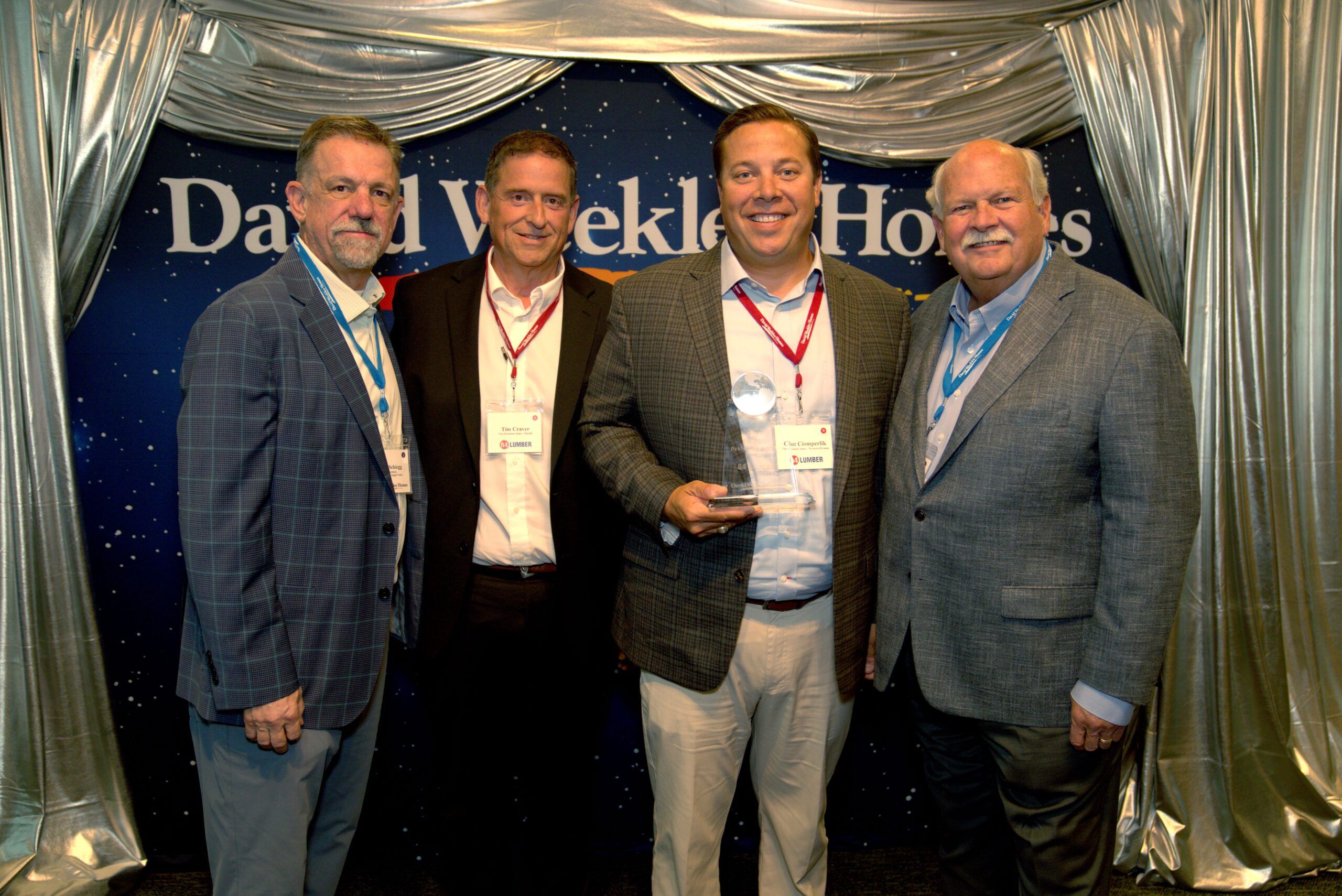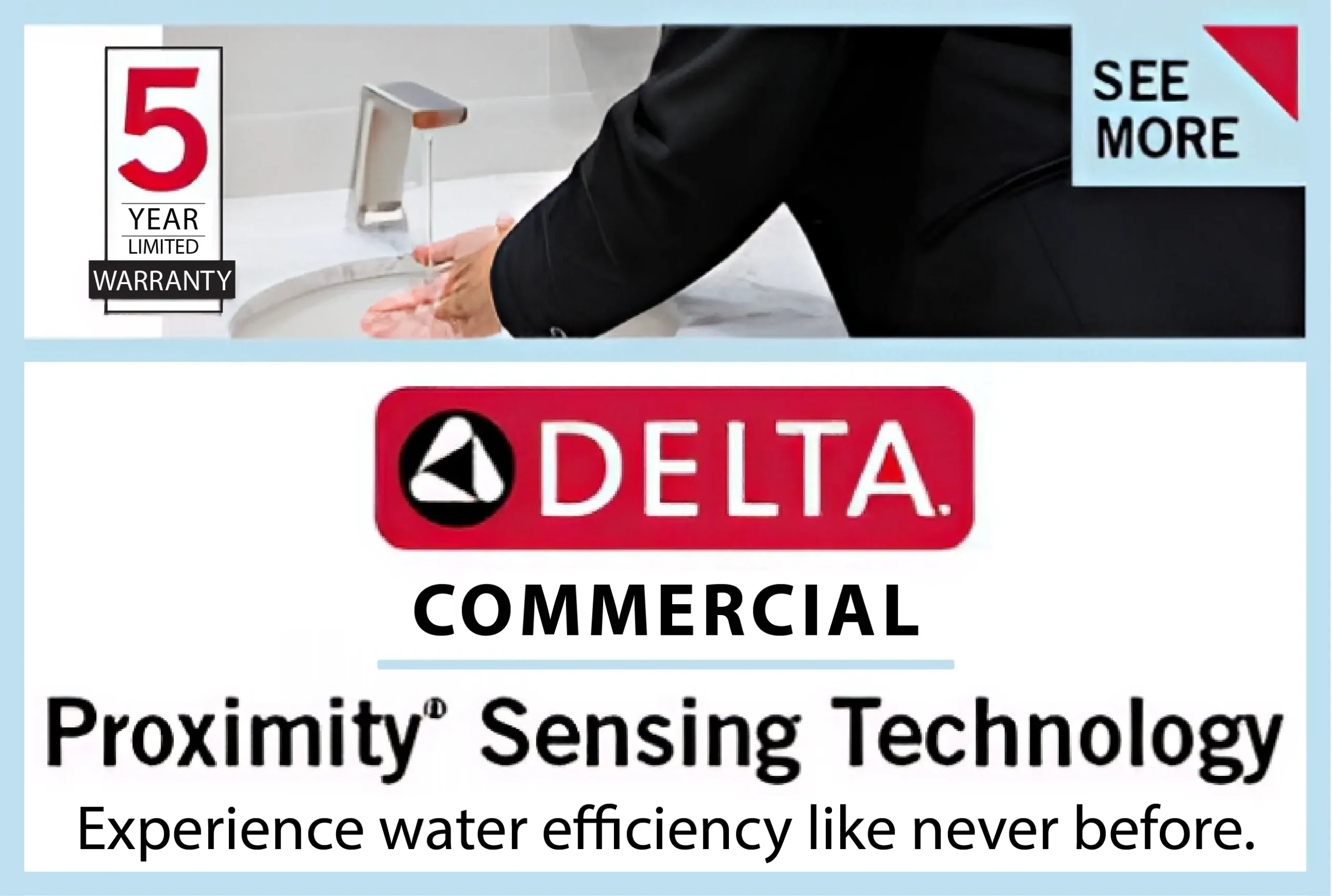Safety is always a top priority in construction and facility planning. But there’s one piece that often gets overlooked: senior safety tech. Medical alert systems have traditionally been seen in homes or hospitals, but they can be a smart addition to any Canadian building—whether you’re working on a retirement community, assisted living facility, or a multi-family condo. Here’s why integrating systems like Life Assure’s Classic model can improve safety, boost marketability, and bring peace of mind—for developers, owners, and residents alike.
Why Now? Seniors, Safety, and Smart Construction
Canada’s population is aging. Seniors want to stay independent, but they also deserve quick help if something goes wrong. That’s where medical alert systems come in. In particular, medical alert Canada installations are becoming more common in job specs and renovation plans.
Contractors and facility managers are realizing that including alert tech is a smart move. It’s not just about compliance anymore—it’s about proactively building safer, friendlier spaces. And honestly? It’s pretty easy to do.
What Makes a Good Medical Alert System?
There are a few key things to look for when choosing alert tech for a building project:
- Reliability
It should work even if power or internet is down. Battery backup and cellular signals help. - Easy Installation
Wireless options mean less drilling, less mess, and faster deployment. - Scalability
Whether you’re fitting out 10 rooms or 100, the system should be able to grow. - Fast Response
In emergencies, every second counts. Speedy alerts to call centers or on-site staff are a must.
Life Assure’s Classic system ticks all these boxes—it’s simple, solid, and fits both new builds and renovation projects.
How to Weave Medical Alert Tech into Canadian Projects
Let’s break down how builders, renovators, and facility managers can add alert systems without breaking a sweat.
In New Builds
- Plan Early
Discuss alert tech during the initial design stage. Map out where devices and base units will go. You can even hide some elements behind walls or cabinets for a clean look. - Conduit and Wiring Options
Even if you use wireless alerts, plan for power and backup wiring. That makes future maintenance smoother. - Test as You Go
Once walls are up, test the alerts before closing them up. It’s easier to spot issues early than to rip everything apart later. - Coordinate with Trades
Electricians, network teams, and security installers should all be on board. Let the alert system be part of the standard build rotation.
In Renovations
- Retrofit-Friendly Features
Wireless buttons and wearable pendants can be added without rewiring. That’s perfect for updating existing condos or community rooms. - Choose Discreet Devices
Clients appreciate unobtrusive tech. Stick to small buttons and compact base units that blend in with the decor. - Test Zones in Phases
Work in small chunks—install, test, train residents or staff, then move to the next area. It keeps things calm and orderly. - Offer Demos
Let prospective clients try on pendants or press demo buttons. It builds trust in the system and your expertise at install.
Key Use Cases for Canadian Projects
Here are some real-world scenarios where medical alert tech makes sense:
Assisted Living Suites
Residents here may need help with falls, sudden illness, or wandering. Pendant buttons and pull cords offer hands-free access to help. Staff love fast alerts—they can jump into action before things get serious.
Retirement Communities
These places walk the line between independent living and full care. Alert systems give residents a safety net. Even better, they’re often seen as an amenity—selling points for buyers and renters.
Multi-Unit Housing
Imagine condos geared toward empty-nesters or older adults. Offering medical alert services helps buildings stand out. Plus, it can reduce calls to emergency services, since residents get help efficiently.
Commercial Renovation Projects
Older buildings under renovation often need to comply with modern codes. Even if it’s not mandated, adding alert systems shows that the build cares about occupant safety. And that’s great for marketing.
Mixed-Use Developments
Some buildings combine retail, apartments, and senior living. A flexible alert system can support all these spaces. Staff get alerts in-store, residents in-unit, and caretakers can monitor everything together.
Benefits for Project Teams and Residents
Why does this matter to builders, managers, and end users?
For Builders and Developers
- Competitive Edge
You’re the first to offer built-in safety tech in your niche development. - Marketing Perks
Use it in brochures and open houses. It’s a modern feature clients love. - Reduced Liability
Faster emergency response means fewer serious injuries. That translates to lower risk—and better insurance terms.
For Facility Managers
- Streamlined Ops
Staff avoid constant check-ins or unnecessary hospital trips. They can focus on real care. - Easier Maintenance
Simple alerts mean fewer false alarms and less time wasted on tracking issues. - Resident Trust
Tenants feel safer and more looked after. That improves satisfaction and retention.
For Residents and Their Families
- Peace of Mind
Help is just a button away—literally. - More Independence
People stay in their homes longer, knowing help is on standby. - Discreet Design
No ugly cords or blinking lights. Devices blend into daily life.
Overcoming Common Concerns
When proposing medical alert tech, you’ll get questions. Here’s how to answer smartly:
“Won’t it be complicated to install?”
Not at all. Modern wireless systems only need a few base units and button devices. Even retrofits take just a few hours per zone.
“Is it expensive?”
Initial costs are modest, especially when shared across units. The long-term value—better marketing, safety, and lower liability—far outweighs setup fees.
“We don’t want meddlesome devices or constant alerts.”
Systems today are smart. You can adjust sensitivity, disable nuisance triggers, and use test modes. Some even include fall detection options only activated when needed.
“What about privacy?”
Most devices send only basic location alerts and button presses. No audio or video is recorded, and data is stored securely. People just get help, quickly.
Best Features to Prioritize
Make sure you check for:
- Dual Connectivity (Cell + Wi-Fi) – Reliable alerts, even if one network fails.
- Battery Backup – Systems stay live during power outages.
- Wearable Options – Pendants, bracelets, wall buttons.
- Fall Detection – Helpful extras, not core necessities.
- Easy Testing and Reporting – Admins can log tests, maintenance, and system checks with minimal hassle.
- Caller Center Integration – Alerts round-the-clock with trained support staff.
Life Assure’s Classic System meets all these goals. It’s solid tech that plays well in Canadian builds, whether you’re doing something brand new or aging an existing property.
Installation Tips: Do’s and Don’ts
Here’s a quick guide to ensure smooth installs:
Do:
- Map everything on a floor plan
Know where base units and buttons will go before wiring begins. - Involve all trades early
Electricians and network teams should see device locations during framing. - Label units clearly
For maintenance, easy swaps later save time and confusion. - Train users immediately
Staff, tenants, seniors—they all need clear and simple setup demos. - Test regularly
Check devices monthly, recharge pendants, log tests.
Don’t:
- Leave reliance on old phone lines
Most legacy systems fail when conventional phones go offline. - Skip planning for scale
What works for 10 suites might not for 100. Plan ahead. - Ignore aesthetics
Outdated devices can spoil polished finishes. Go for subtle, modern gear.
Cost Breakdown (Example)
Here’s a ballpark cost for a mid-sized senior building rehab (20 units):
| Item | Cost per Unit | Total Cost |
| Wireless Button & Pendant Kit | $150–$250 | $3,000–$5,000 |
| Base Stations (2‑3 per building) | $500–$750 | $1,000–$1,500 |
| Installation Labor | $100/unit | $2,000 |
| Monthly Monitoring | $20/unit | $400/month |
Not bad for a long-term feature that supports resident safety and property value.
Real-World Example: Maple Grove Suites, Ontario
A developer in Ontario recently modernized a 50-unit retirement complex. They wanted a fast upgrade—not a full renovation. Here’s what they did:
- Selected a wireless alert system with pendants.
- Installed three base stations in communal areas.
- Staff tested devices weekly and retrained residents quarterly.
- The result? No major incidents in six months and happy tenants who felt cared for.
They now list “built-in safety alert capabilities” as a top selling feature. Nice win.
Future-Proofing Your Projects
Medical alert tech is just one piece of the larger picture. You can link these systems to smart home solutions:
- Automated door unlocking for paramedics
- Smart HVAC adjustments during emergencies
- Remote alerts sent to family or caregivers
Plus, Canada is gradually expanding regulations around aging-in-place and universal design. Getting tech included now helps you stay ahead.

Final Take
Adding medical alert systems isn’t a niche trend—it’s a smart move. It matches consumer needs, regulatory changes, and your bottom line. Whether you’re building from scratch or refreshing an older property, systems like Life Assure’s Classic provide simple, effective protection. They’re quiet, discreet, and designed to just work.
By weaving alert tech into your Canadian projects, you’re not just delivering buildings—you’re building peace of mind. And that’s something every stakeholder appreciates.












